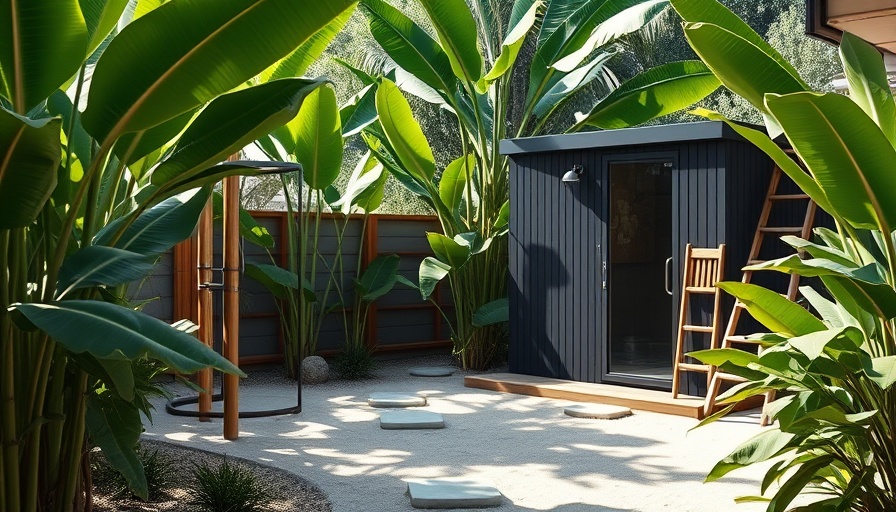
Enhancing Comfort in Healthcare: Understanding the Essentials
The medical field is a demanding landscape filled with challenges, and comfort is often compromised in high-stress environments. As professionals grapple with long hours and rigorous demands, the significance of optimal attire becomes paramount. Medical workers, from surgeons to nurses, require clothing that facilitates their performance while prioritizing comfort and style.
Gone are the days of stiff and uncomfortable scrubs. Today, performance-driven medical attire focuses on fit and function. For instance, the introduction of breathable materials and ergonomic designs has revolutionized medical uniforms. Scrubs are now tailored with moisture-wicking properties that allow practitioners to stay dry even during the busiest shifts while providing ergonomic fits that support mobility.
The Role of Footwear in Supporting Healthcare Workers
While clothing is crucial, one cannot underestimate the role of proper footwear in promoting comfort and reducing fatigue among medical professionals. Given the reality of standing for hours, the footwear worn by healthcare workers needs to be supportive, slip-resistant, and lightweight.
High-quality shoes designed specifically for the medical field often include features such as arch support to maintain posture, shock absorption to minimize joint impact, and ventilation to keep feet cool. In addition, compression socks are gaining traction, helping to enhance circulation and decrease fatigue. Together, these elements empower healthcare professionals to deliver their best performance while minimizing physical strain.
Ergonomic Workspaces: Designing for Efficiency
Beyond personal attire, the workplace environment significantly influences comfort and efficiency in healthcare settings. Hospitals and clinics are progressively adopting ergonomic workstations designed to enhance productivity and reduce physical stress. Features like adjustable-height desks and well-positioned lighting improve both functionality and comfort.
Integrating user-friendly technology is another key factor. Adjustable desks allow medical staff to alternate between sitting and standing, which is vital for muscle health. Additionally, incorporating ergonomic keyboards and screen placements not only aids comfort but supports efficient workflow during high-pressure tasks.
The Future of Comfort and Efficiency in Healthcare
As medical professionals continue to face evolving challenges, the importance of comfort and efficiency in their environments becomes even more critical. Healthcare institutions are expected to innovate by incorporating advanced technologies, from AI-driven monitoring systems to enhanced equipment ergonomics.
Future trends suggest a significant push towards integrating health and wellness strategies directly within work environments. This might include wellness programs that focus on mental health initiatives, along with adjustments to physical workstations to promote well-being holistically.
A Unique Perspective on the Intersection of Comfort and Performance
In light of increasing awareness regarding the well-being of healthcare professionals, fostering comfort isn't merely about aesthetics or practicality—it's a crucial investment in overall job performance and patient care quality. By prioritizing worker comfort, healthcare organizations can ultimately improve their operational efficiency and patient outcomes.
In conclusion, the significance of concentrating on comfort and efficiency within the medical community cannot be overstated. As we move toward an evolving healthcare landscape, it becomes imperative for all stakeholders to address the intricate relationship between comfort, attire, workplace ergonomics, and performance. Doing so is not just beneficial; it’s essential for a robust healthcare system.
 Add Row
Add Row  Add
Add 




 Add Row
Add Row  Add
Add 

Write A Comment